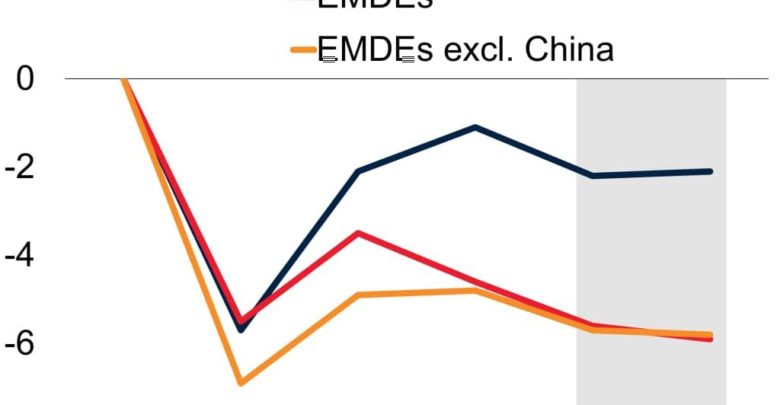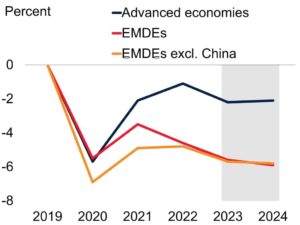Columns
China’s poverty in the past and the pillars of its economy

By Burnett Munthali
By the mid-nineteenth century China’s population reached 450 million or more, more tan three times the level in 1500. The inevitable results were land shortages, famine, and an increasingly impoverished rural population. Heavy taxes, inflation, and greedy local officials further worsened the farmer’s situation.
On average, there were 18.7 million fewer poor people in China since 1978 (World Bank Group, 2022:4). Thus, poverty eradication efforts in the decades since 1978 have been made possible by massive economic growth, and growing China’s industry and economy was seen as the best way to end poverty.
It is estimated by the World Bank that according to the international poverty line (per capita cost of living is below $1 per day), China’s poverty population dropped from 542 million to 375 million in the 1980s (referring to the period of 1980-1990), decreasing by 167 million.
As the world’s second largest economy, it accounts for over 17 percent of the global total. With per capita GDP rising from less than US$100 in 1952 to over US$10,000 in 2020, China has achieved a historic transformation from a low-income country to an upper-middle-income country.
During the northern Song dynasty, China was the wealthiest country in the world as measured by GDP per capita. According to economist David Daokui Li, however, per capita income began declining to in 980 (and continued to decline until 1840).
In 1978, China was one of the poorest countries in the world. The real per capita GDP in China was only one-fortieth of the U.S. level and one-tenth the Brazilian level. Since then, China’s real per capita GDP has grown at an average rate exceeding 8 percent per year.
Today, China has an upper middle income, developing, mixed, socialist market economy incorporating industrial policies and strategic five-year plans. It is the world’s second largest economy by nominal GDP, behind the United States, and the world’s largest economy since 2016 when measured by purchasing power parity (PPP).

China managed to reduce poverty in their country. The main conclusion is that China’s poverty reduction success relied mainly on two pillars. The first pillar was rapid economic growth, supported by broad-based economic transformation, which provided new economic opportunities for the poor and raised average incomes. Private investment and exports are the main drivers of economic growth in China; but the Chinese government has also emphasized domestic consumption. All values, unless otherwise stated, are in US dollars. China is the world’s largest manufacturing economy and exporter of goods.
Its proportion dropped to 6.8 per cent in 2021, then 6.1 per cent last year. China’s economy took off in the 1990s through the revitalisation of the old four pillar industries: electronic machinery, petrochemicals, automobile manufacturing and construction.
Unfortunately, poor countries, especially in Africa, usually suffer from ineffective governance, weak and unenforced regulatory structures, and corruption. There is little support for small businesses, so the informal sector dominates and governments miss out on tax revenue.
For African states to effectively transform their economies, they need to plan the process; formulating relevant economic and social development strategies and policies; and implement the plans and policies. Rights, civil and political rights, economic, social and cultural rights, as well as the right to development).






